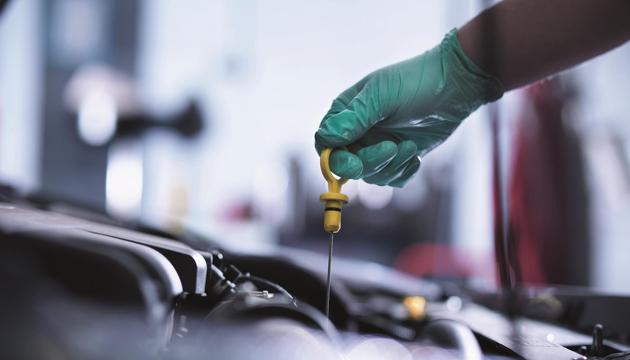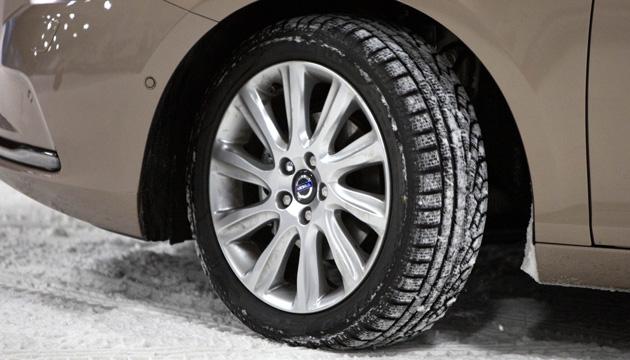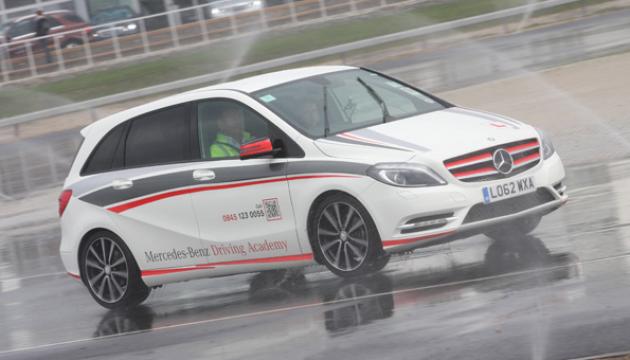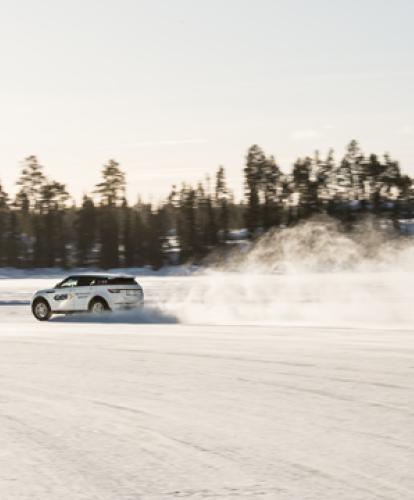With autumn definitely upon us and winter just around the corner, motorists are encouraged to prepare their vehicles for winter driving to keep them safe. Here are Zap-Map’s tips to make winter as hassle free as possible for drivers of plug-in cars.
1. Fluids
Make sure you check all the car’s essential fluids and top them up if need be. For PHEV owners, there are far more of these to check than those who run a pure-EV, but all cars have some fluids that need checcking. This will not only alert you should your car need a service, but it will also make the car run more efficiently. Oil, anti-freeze and screen wash levels are all simple elements to find and look at – and will make a big difference to keeping your car on the road. Anyone can find out what the fluid levels are and guides are always clear, though if in doubt, get a mechanic to give your car the once over. Oil levels should be between the marks on the dip stick and look clean too. Keeping anti-freeze topped up will protect your car’s engine from sub-zero temperatures. For drivers of all cars, in winter make sure you use proper screen wash (rather than simply water and washing-up liquid) as the fluid’s additives will help clear ice, stop the washer nozzles from freezing up, and clean muck, grime and salt from the windscreen more effectively. Pre-mixed screen wash means there isn’t even any hassle in measuring out ratios of screen wash to water.

2. Visibility
If you favour a liquid de-icer, make sure you keep some on board at all times to prevent you from being caught out somewhere other than home. Alternatively, keep a scraper in the car to help you clear the windows in the morning as a low-tech, but no less effective solution. When you go around the car to clear any ice, take a rag around with you and give the light clusters a quick wipe too. Muck quickly builds up and reduces the effectiveness of lights front and rear but, with a surfeit of water sitting on the lenses, it won’t take long to clean them up. It’s a good time to check what condition your windscreen wipers are in as well. If they are leaving streaks on the windscreen while in use, invest in a new set to keep visibility clear.
3. Batteries
A crucial part of any car, the battery is one of the elements most susceptible to the cold. Its energy capacity is reduced in low temperatures while there is often far greater drain on its power in winter months also. Headlights are on for longer and the car’s heating/air-conditioning systems are required far more often. Ovbiously, for EV cars powered by a big battery, this can become a bit of a problem – but more on that later. PHEV drivers, if your car begins to not start quickly when the ignition is turned, it might be a sign that your battery is on its way out – especially if you can’t remember when it was last changed. Replacing it before it leaves you stranded somewhere gives you time to shop around and get a better deal, while also reducing the stress of getting stuck in the car without any power – potentially a very chilly situation.
4. Tyres
The amount of contact a car has with the road can usually be fitted on one piece of A4 paper – making safe tyres a huge priority. In winter, this level of importance becomes even greater as you add in the increased likelihood of the road being slippery. Make sure that your tyres pass the legal tread depth limit – at least 1.6mm. If you aren’t sure, put a 20p piece into the tread and if the blocks don’t cover the coin’s border, your tyres aren’t legal. Ensure that you do this on the outside, middle and inside of each tyre as different areas might have lower levels of tread should your car’s tracking be out. Ideally, your tyre treads should be 2-3mm in depth. For those who can afford it, it might be worth buying a set of winter tyres too. These offer increased grip in the event of slippery conditions and become almost immeasurably more useful than standard tyres in the event of snow and ice – particularly if you live in hilly areas. Take five minutes sometime to make sure the tyre pressures are at the correct level too to make the most of their grip levels.

5. Fuel
It doesn’t matter what type of car you drive, make sure you have plenty of fuel in the event of any hold ups. Bad weather creates more accidents and increases the chances of severe delays or long diversions. In this case, you don’t want to be stuck by the roadside with no engine power available to keep the heating on. For electric car drivers, as mentioned before, batteries are susceptible to cold weather. The journey that used to use half your car’s charge could use a lot more than that in mid-winter. Try not to push range limits as you are likely to get caught out by colder temperatures. Combine the added drain that the car’s heating systems use and it will make matters even worse. PHEV drivers don’t have the same concerns in terms of cold effecting range, but a long trudge with a jerry can on a cold night for a splash more fuel is never an enjoyable situation to find yourself in.
6. Basics
Create a simple kit to keep in the car’s boot, especially if you are going on a long or unfamiliar journey. Recommended items to keep in it would be a car scraper, a pair of sunglasses, phone charger and/or battery pack, torch, road atlas, a bottle of water and a couple of chocolate bars – or something more healthy, but equally high in energy and with a long storage life, should you wish. This won’t take up much space or weight but you will appreciate them should the worst happen and you get stuck somewhere. Make sure you throw a coat into the car whenever you go anywhere too, while a pair of gloves kept in the glove box would not only be a novel use of that space, but also be a relief if you need to get out of the car and start looking about for problems. Should you be heading into a rural or remote area, it might be worth packing a shovel and jump-leads (which might seem extreme for some) and boots and blankets too. While you think about it, check to see that your first aid kit is up to scratch.
7. Professional help
If you are unsure about any of the mechanical or technical areas of your car, book it in for a service – especially if it is due to have one soon anyway. This will get all the essentials checked and sorted if needed, while giving you peace of mind that your car is not likely to let you down when you need it most. Winter checks are readily available, often free to carry out, and can give you advice on what needs to be done and what could be useful. Even something as seemingly insignificant as an air-conditioning re-fresh could keep you warmer, clear the car’s windows quicker, and save you a little in fuel as the car isn’t working as hard to heat the interior up. For more crucial work, a trained mechanic will do a far better job than many owners can carry out, and earn the cost of the service back if you get through a trouble-free winter.
8. Know your limits
Difficult conditions can make driving a real chore, taking twice the amount of time to cover half the distance, while you’re concentrating so hard that you feel really tired when you get to your destination. Think carefully about the journeys you need to make in bad weather and delay them if possible or necessary. A lot of people aren’t particularly happy about driving in difficult conditions and there is nothing wrong with this at all. You could decide to take alternative transport, change your plans, or ask someone else to drive, and each of these decisions could make for a safer course of action. Alternatively, you can get some training in if you wanted to. There are courses all around the country that use a skid pan and can give you the sensation of driving on ice, snow or slippery conditions. Having the experience of what a car might do in low-grip conditions will help you more than any anything you can do to your car. Plus you’ll be in the hands of an expert and in a car that is in a wide open space where it is difficult to hit anything – the perfect opportunity to find out what really happens when your car looses grip.

9. Plan ahead
It is simple to check the weather forecast for any part of the country and, with various online maps and systems, you can carefully plan a precise route that factors in stops for fuel or food, along with back-ups if necessary. When the weather is bad, try and pick routes that run on main roads – those that will have been gritted and have less dramatic slopes and cambers. This way, there will be far more grip and you’ll be less likely to get into trouble should you hit a slippery patch. On top of that, phone service is likely to be better should you get stuck somewhere, and petrol stations will be a more common sight en route.
10. At home
Where possible, keep your car in a garage or under a roof to give it some protection from the elements. This will not only mean you are less likely to have to spend time clearing the car of ice before you use it, but it will also help with maintenance for all those mechanical elements that have been mentioned above. If covering your car isn’t possible, don’t start your car and then immediately rev it hard to get the air-conditioning up to temperature as this will put undue strain on the engine. Start your preparations five minutes earlier and let the engine warm up naturally, which will save fuel and create fewer emissions as well as helping protect your engine. For drivers of EVs, protect your vehicle’s range by pre-heating the car while it is still plugged in, and then use seat heaters if available to keep you warm, as these are a more efficient heating method than the car trying to warm up all the air in the cabin. For all cars, remember that heat rises so using the floor setting on your fan means that the hot air will rise and reach all of you, rather than using upwards-facing vents which create a warm pocket of air at the top of the car above your head. Finally, make the most of your time waiting for the car to warm up by putting your journey into the satellite navigation system if you use one, or getting your favourite music playing before you set off, enabling all of your attention to focus on a potentially slippery road once you start driving.
These hints and tips should help cover most eventualities. There is a large variance in terms of price. Some, like using an old rag to clean your headlights, cost practically nothing to carry out. Others, a full service or a new set of winter tyres for example, will be relatively expensive. There are practical pieces of advice no matter what your budget though and, if you take any on board, you will hopefully have an easier time driving over the next few months.



